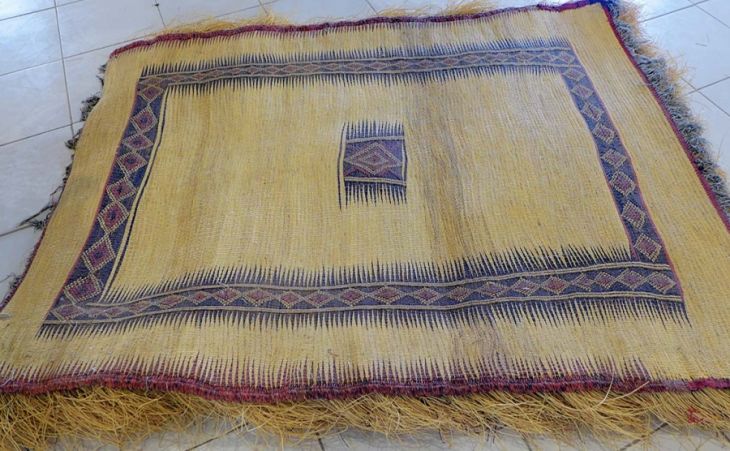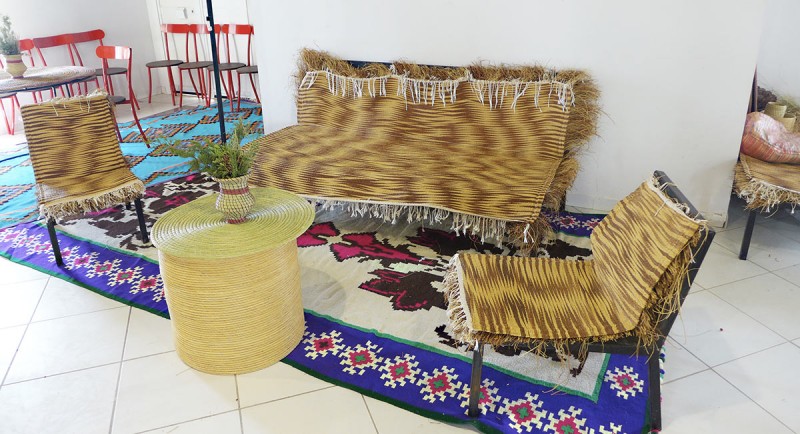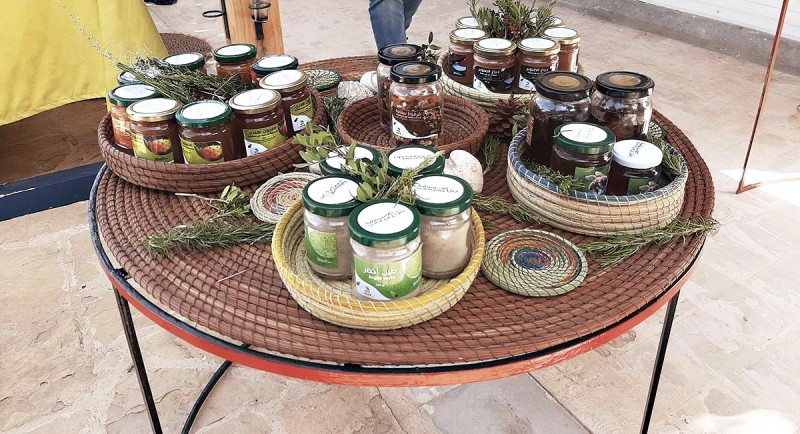In the mountainous region of Kasserine, in Western Tunisia, esparto is woven and braided; a natural fiber with amazing properties.
In Tunisia, rush mats made in Nabeul are widely used to cover benches or the bottom of walls to insulate them from humidity.
But few people are familiar with esparto mats from the Kasserine region. This fiber, thinner and more flexible than the rush, allows however to realize drawings as fine as those of a carpet.
Above all, there is a technique that gives these mats very special properties: they are made very comfortable by long lengths of fiber that protrude underneath, forming a kind of padding.
Indeed, the esparto fiber, both robust and elastic, makes these mats real natural orthopedic mattresses. Moreover, some people traditionally use them in case of back pain.
Like carpets, esparto mats are woven by women on vertical looms.
The esparto, precious plant of the steppes
The
esparto is a
natural plant that grows in abundance on the
dry and sunny plateaus of the regions of
Kasserine, Gafsa, Sidi Bouzid, Kairouan and
Matmata (West, Centre and South of Tunisia).
From August to January, about 6000 people from these semi-arid regions are dedicated to its harvest.
Most of it is exploited by a factory located in Kasserine itself, to be converted into paper pulp. This pulp is exported all over the world for the manufacture of papers with specific properties (filters, cigarettes, high quality paper...).
But its use in the craft industry is very varied.
Some coastal villages such as
Hergla,
Chebba and
Ghannouch have made a specialty of braiding esparto leaves into very strong
baskets and discs for
pressing olives.
Nowadays, this traditional craft inspires many decorative objects such as garden furniture, lampshades in the shape of fishermen's pots.
Another technique is now booming in the region of Kasserine: ‘snail’ weaving. Dyed in various natural colors, the fibers are thus transformed into beautiful baskets, round boxes and placemats.


